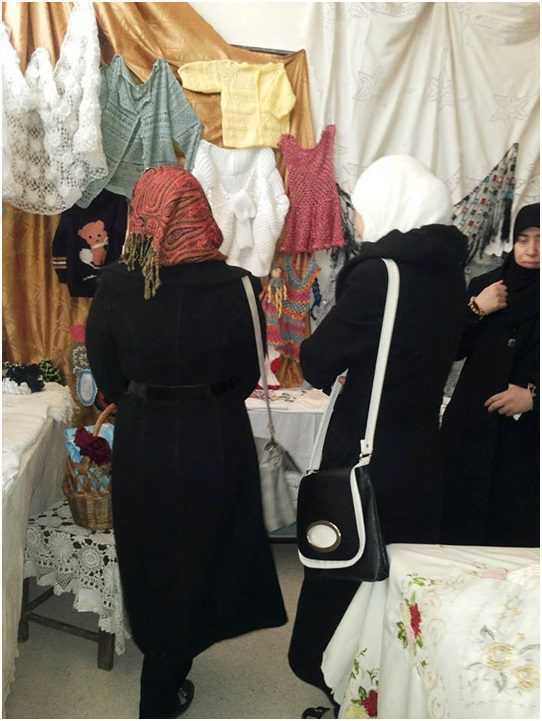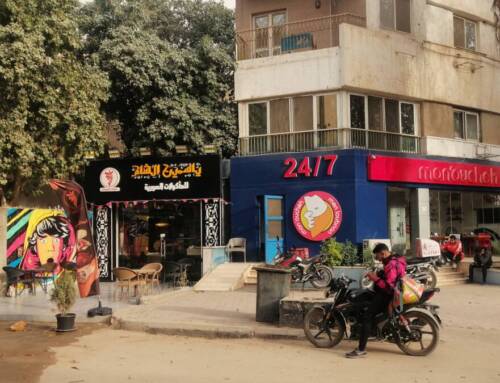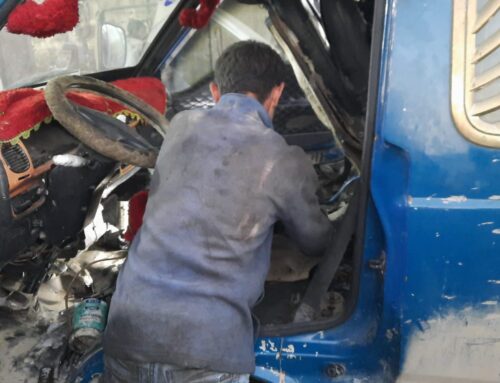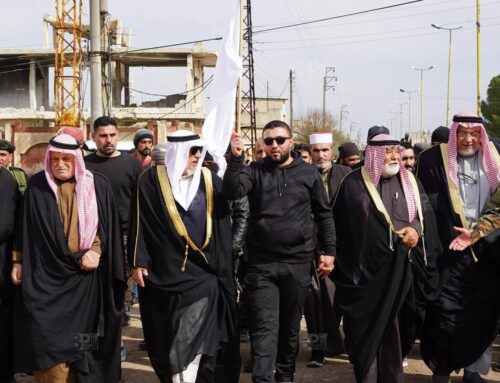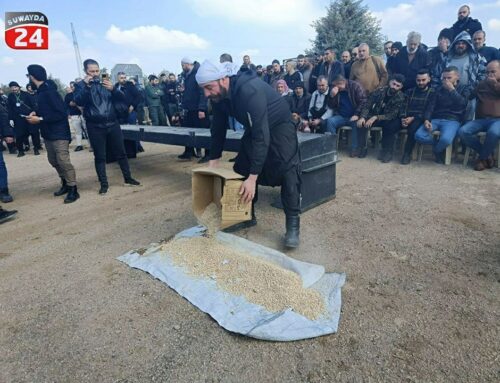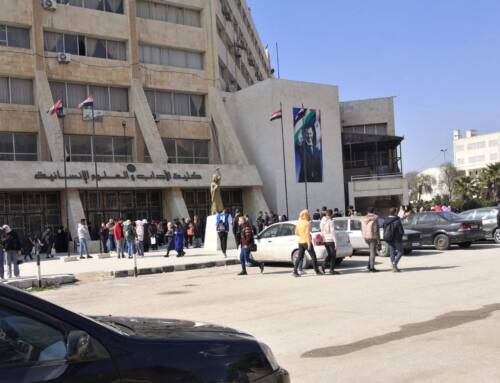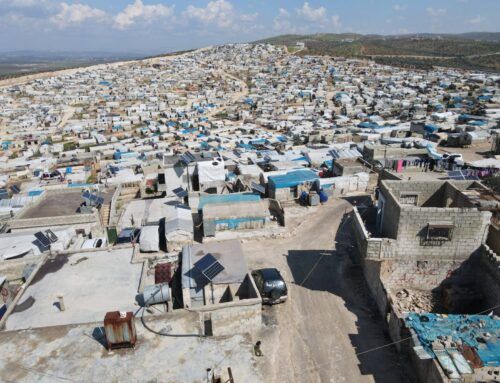Idlib city women ask: How do you stop a wave of youth emigration?
How do you convince young people living in a country […]
29 March 2016
How do you convince young people living in a country torn apart by war that they can have a future? For one Idlib women’s organization, it starts with reminding them of their past.
A 360-degree look at the past, present and future inspired a cultural exhibition called “We Can Stay Here” that opened last week in rebel-held Idlib city by Ray of Hope (Barqat Amal), a locally-funded women’s cultural and volunteer organization.

The idea is to stanch the ongoing tide of youth emigration out of Syria by connecting young people to their motherland of Syria, Ridaa Sameea, an executive member of Ray of Hope tells Syria Direct’s Alaa Nassar.
“We decided to promote this idea to limit emigration by all means necessary.”
Q: What is the idea behind this project and how has the community received it?
This project came out of the “We Can Stay Here” campaign, which was started by a group of young activists. We’re collaborating with them for the first time. It is a significant initiative because this area recently witnessed large-scale youth emigration.
We as activists in the Ray of Hope organization (a local women’s cultural, volunteer organization that does not receive any external funding but relies on individual contributions) decided to promote this idea to limit emigration by all means necessary. Hence the idea for this exhibition, which includes physical, tangible ideas connecting young people to their motherland, Syria.
Our exhibition [which began last week] comprised three parts.
First, the heritage section, which represents the Syrian and Arab past. No person can have a present and future without understanding their past.
One of our activists suggested that we show traditional and ancient dress at the exhibition. Another suggested we collect ancient brass tools. Some others put forward the idea of ancient farming tools that young people today might not know about, in addition to traditional tools like the mahbaj [mortar and pestle]. We could only find one of those, owned by an elderly person who we were able to convince to let us borrow it for the show show. We also found a haylan (a tool pulled by animals that is used to separate grains) and a millstone used to grind grain.
The modern section was devoted to women. Despite the conditions of the war, we are still productive. There were crocheted and knitted handicrafts, some which are on the verge of being lost (needlepoint, embroidery) alongside things that our mothers made 50 years ago.
We borrowed those things, since they are rare and expensive today. Women started to bring things and we worked day and night for twenty days.
We had to have a future section as well, so our idea was for schoolchildren in our town to participate, which a large number did. They drew pictures related to the revolution, homeland and love. One of the young girls, who is disabled, was very talented. Her drawings were well received at the opening of the exhibition. Despite their simplicity, they were filled with feeling and the theme that we will remain.
The location, concerted effort and teamwork proved that we are an undefeated people.

Q: How many women participated in the exhibition? Who are they? Did the broader community participate?
Around 20 women worked on the exhibition, and most of them are widows or divorced. Their participation gave them hope and optimism for life despite their tough conditions. The most important thing about the project was that it worked to empower women.
In the exhibition there were around 700 pieces of heritage and 200 handicrafts. The total number of participants, both women and residents, was around 700 people.
Q: In your opinion, does working on projects like these impact and limit the emigration of young from their homeland?
We hope that it does, and we are trying. God grants success. Given the overwhelming response to the exhibition by the residents and their demands to extend it, we feel it was successful.
Q: What is the biggest difficulty you face as a local organization focused on women’s affairs that carries out social projects?
The lack of monetary support for the organization on a permanent basis. We do not receive external support, but rely on individual donations. Some of our members are engineers, schoolteachers and doctors who donate.

